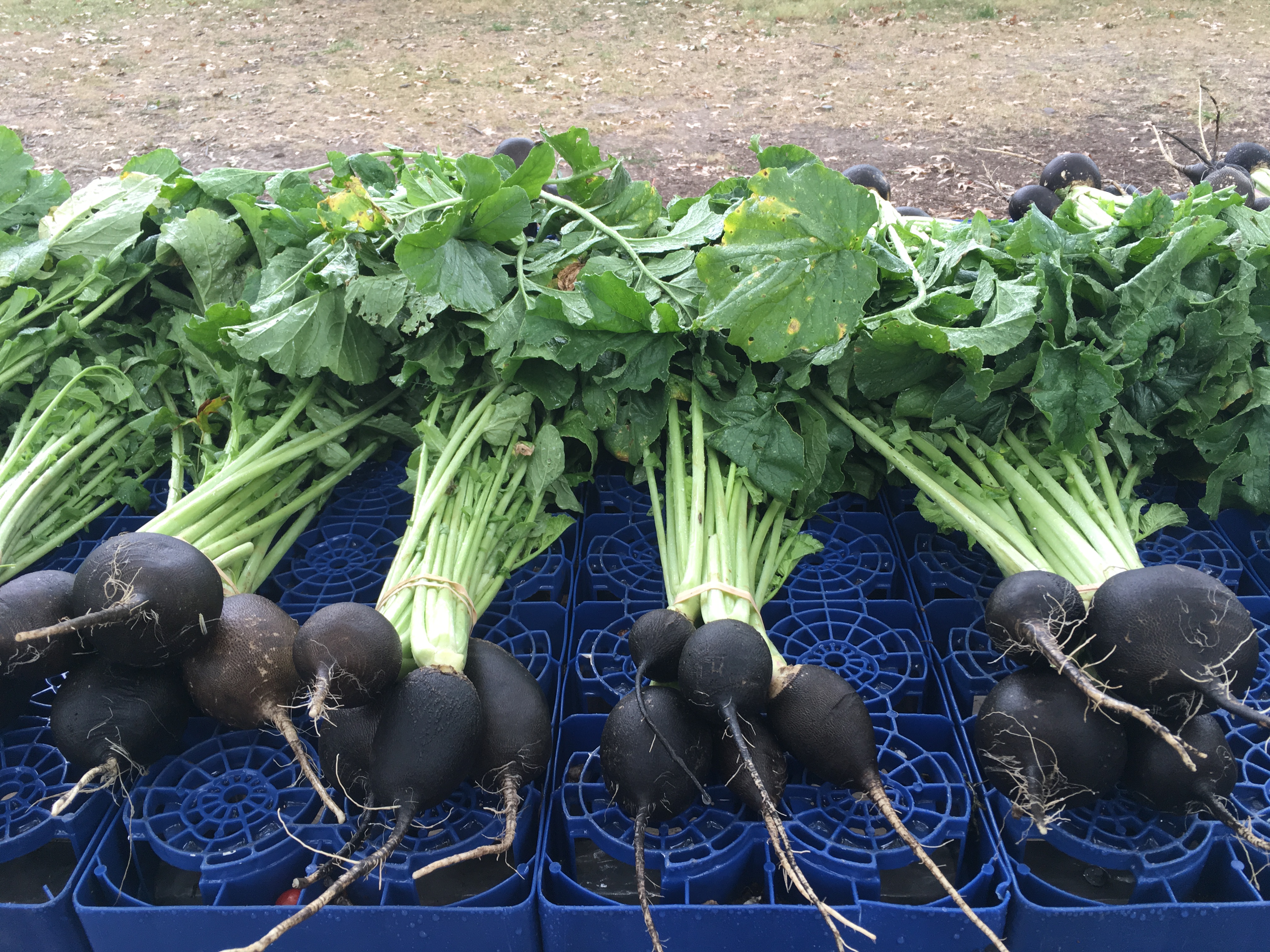 Title X Horticulture includes the most programs that support specialty crops including organics and local foods. These programs incentivize specialty crops, promote fresh fruit and vegetable consumption, promote organic agriculture, and provide funding for pest identification and control.
Title X Horticulture includes the most programs that support specialty crops including organics and local foods. These programs incentivize specialty crops, promote fresh fruit and vegetable consumption, promote organic agriculture, and provide funding for pest identification and control.
One key provision is the Specialty Crop Block Grant Program (SCBG). The purpose of the grant program “is to solely enhance the competitiveness of specialty crops” (such as fruits, vegetables, horticulture, and nursery crops).[1] The grants support projects in marketing, research, pest management, and food safety. The 2014 Farm Bill provides $72.5 million annually to this program, up from $55 million. For a complete list of all the grants handed out through this program, check here.
Title X’s National Organic Program (NOP) “develops and enforces national standards for organically-produced agricultural products, accredits third-party certifiers to inspect production facilities . . . and enforces adherence to the labeling requirements.”[2] Funding in the 2014 Farm Bill includes $15 million annually towards this program. The National Organic Certification Cost-Share Program provides funding to assist organic producers and handlers with the cost of organic certification and the 2014 Farm Bill more than doubled the available funding for the program over the 2008 Farm Bill. As USDA explains, “provisions of several farm programs that have made them less attractive to organic producers relative to conventional producers have been amended in the 2014 Farm Act.”[3] For example, in the crop insurance program, organic price elections will be expanded to make crop insurance more attractive to organic producers without contract prices. Specifically, organic growers of certain crops can get the premium value of their organic crops factored into their insurance, to properly reflect their value above normal crop reference prices. For more information check here. In addition, Organic data initiatives were funded $5 million over the lifespan of the act to improve economic data on the organic sector.
The Farmers’ Market & Local Food Promotion Programs are two other important programs included in the 2014 Farm Bill, both aimed at increasing access to locally produced food. The Farmers’ Market Promotion Program offers grants to develop, improve, perform outreach, and educate on farmers’ markets serving local farmers. The scope and funding of the Farmers’ Market Promotion Program were expanded to include local and regional food business enterprises. Previously, the program supported only farmers’ direct-to-consumer efforts. A new provision allows funding to support intermediaries, “local and regional food enterprises that process, distribute, aggregate, store, and/or market locally or regionally produced food products”[4] The Local Food Promotion Program offers grant funds with a 25% match for planning or implementing enterprises that will increase access to local produce. Mandatory funding for the Farmers’ Market and Local Food Promotion Program has increased to three times the annual funding of its predecessor program, up to $30 million per year for 2014-2018. Half of these funds should support direct-to-consumer activities, and half should support intermediary products.
[1] Specialty Crop Block Grant Program, Agricultural Marketing Service, USDA. https://www.ams.usda.gov/services/grants/scbgp
[2]”Horticulture Programs,” http://www.thefarmbill.com/#!title-10-horiculture-programs/cogs
[3] “Organic Agriculture,” Agricultural Act of 2014: Highlights and Implications, USDA. http://www.ers.usda.gov/agricultural-act-of-2014-highlights-and-implications/organic-agriculture.aspx
[4] “Local and Regional Foods,” Agricultural Act of 2014: Highlights and Implications, USDA. http://www.ers.usda.gov/agricultural-act-of-2014-highlights-and-implications/local-and-regional-foods.aspx
